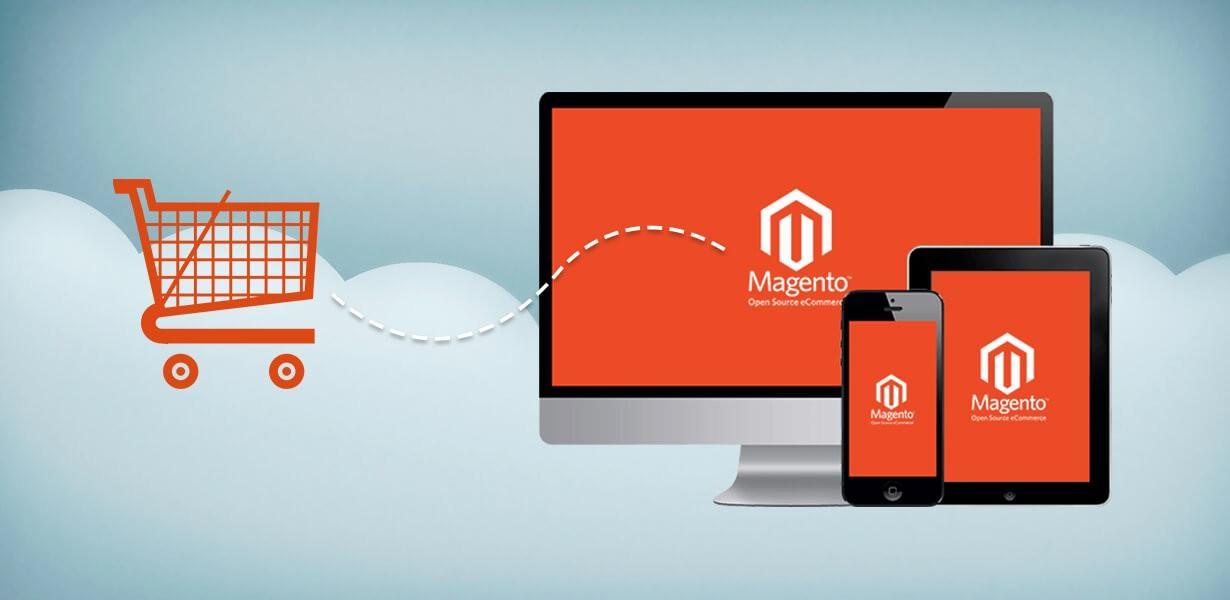
A truly successful e-commerce business, first and foremost, requires a reliable platform to be efficiently presented on the Internet. Nowadays, you can find hundreds of different systems on the market, and making the right choice is not an easy task. Not all platforms cope perfectly with various trading tasks.
Mostly, they provide a big number of restrictions critical for e-commerce, but when talking about Magento 2, there is no room for doubt. The Magento ecosystem can boast of all the necessary conditions and tools for doing a profitable business in the field of electronic commerce. Numerous world brands have made their choice in favor of Magento 2, and here is why.
To start with, Magento is the most popular e-commerce platform in the world, processing more than 155 billion US dollars of the total volume of goods sold annually on its platform. Its new version, Magento 2, is one of the most commonly used CMSs for developing online stores around the globe due to its powerful scalable architecture and advanced functionality:
Looking at the amazing opportunities the Magento ecosystem offers its users, you may ask why we focus on the second version of Magento, without mentioning its predecessor, Magento 1. The answer is modernization and constant development. Technology doesn’t stand still, and anyone keeping up with changes knows firsthand about success.
In fact, Magento 1 is a good old software that brought a great number of outstanding results and achievements to its users, but the key word here is “old.” E-commerce is about innovation and modernity; sooner or later you have to move your site from the first version of Magento to the newest Magento 2 platform. Believe us, the cool improvements of Magento 2 will not make you regret this choice. See for yourself!

The main reason for thinking about migration to Magento 2 is Magento 1 has ceased to be the focus of Magento, Inc. Its support will be ended this year, and the users can only rely on assistance in fixing critical errors and solving security problems. Additionally, Magento, Inc. will no longer invest in the development of Magento 1 nor will it expand its functionality or implement any advanced technical solutions.
At the same time, Magento 2 is regularly developing and improving, and delights users with these advantages (in comparison with Magento 1):
Magento 1 is an open source system, but the development process is slow and closed from partners.
A few startling figures:
(The data are taken from these sources:
https://www.customerparadigm.com/magento-development/upgrade/magento-upgrade-2-0/
https://magentoseotips.blogspot.com/2018/07/why-magento-2-should-be-your-next-update.html)
Taking into account the information provided, the migration of online stores to the Magento 2 platform is just a matter of time. Since the migration process is quite complex and includes a number of nuances, you need to approach this procedure seriously.
Platforms Magento 1.x and Magento 2.x are incompatible. This means if you have Magento version 1.x, its modules and the current theme cannot be used in Magento 2. The situation with the data is somewhat better because there is an official utility making it easier for developers to transfer them. However, this tool allows you to transfer only the data that were in Magento initially, but not data from third-party modules.
As you can see, the process of migration to Magento 2 is more like the creation of a new store (site) using the available data, rather than a usual upgrade to the latest version.
Before migrating, we recommend that you answer the following questions:
Consideration of the migration time is one of the key requirements for a successful movement to a new platform. For small E-commerce websites, this factor does not play as an important a role as for large projects, when the migration process can take from several hours to several days. You do not need to go offline for a long time. The longest stage of migration is the process of creating a backup copy of the database. After that, it is necessary to include a balancing phase which in turn requires the introduction of the offline phase.
It is important to impose restrictions on operations that should not be carried out during the migration period. For example, you can keep the possibility of placing orders on the site, while prohibiting any actions to change orders by the administration. The main step is the export and import of content to the Magento 2 database. The current structure of Magento 2 allows you to perform direct data transfer from one database to another.
Generally, the migration process to Magento 2 can be presented through this scheme:
If everything is done correctly, in accordance with this plan, eventually, you can see your new working store based on Magento 2, launched in a reasonable period of time. Now, you have a basic understanding of what Magento 2 is and how it differs from the first version, why many e-commerce businesses choose it for their online stores, and what benefits you get by migrating your website to this new platform. Take only bold decisions!